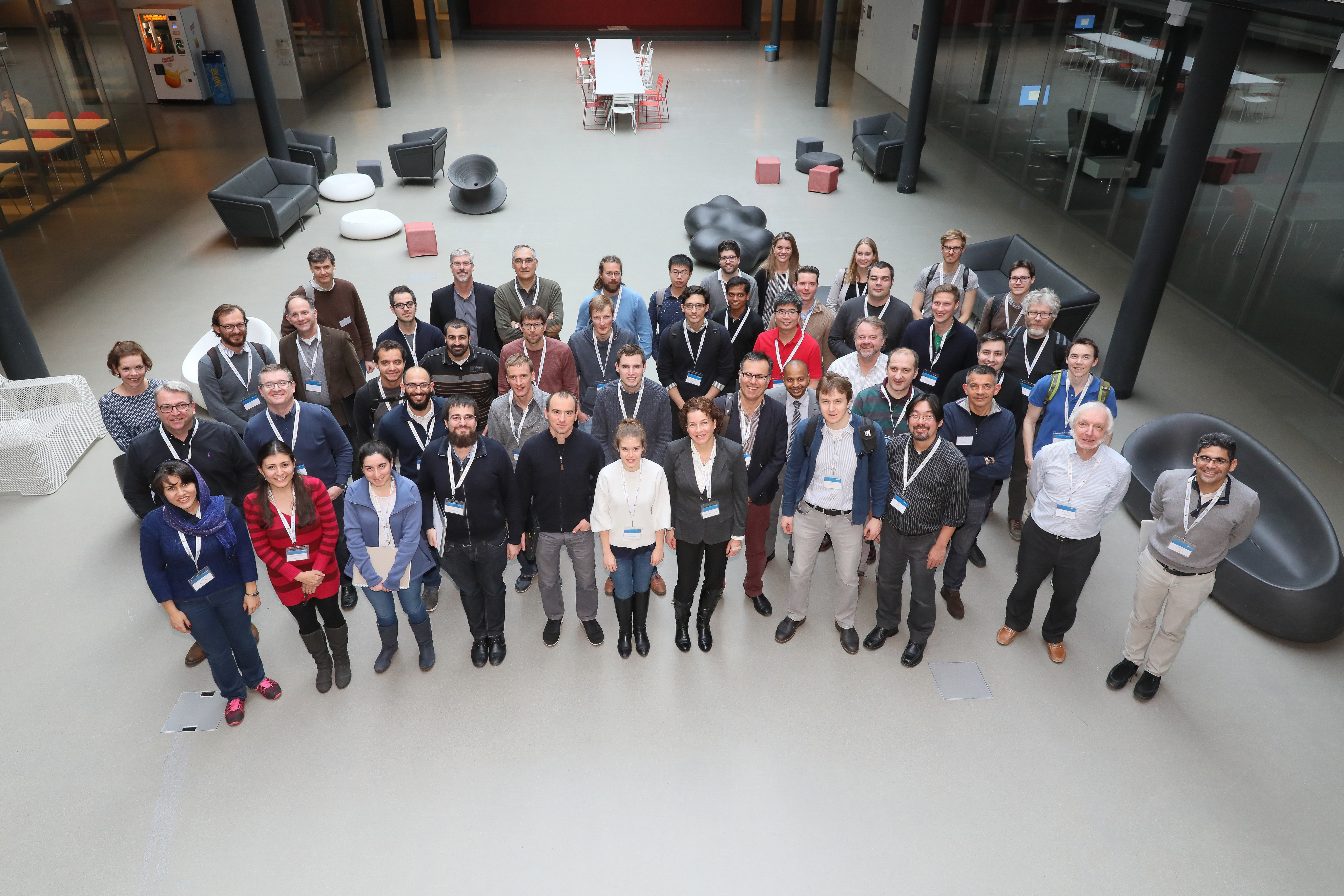ETH, EPFL and Microsoft are extending their highly successful research collaboration, which has been known as the Swiss Joint Research Center since its inception in 2013. The projects selected for the upcoming third research phase will be announced at the beginning of 2019. The research groups work at the ETH in Zurich and at the EPF in Lausanne.
The Swiss Joint Research Center (Swiss JRC) is a collaborative research engagement between Eidgenössische Technische Hochschule Zürich (ETH), École Polytechnique Fédérale de Lausanne (EPFL) and Microsoft Research, the research department of Microsoft. The Swiss JRC was founded in 2013 as a continuation of a collaborative engagement that was initiated by Steve Ballmer in 2008.
Many years of successful research cooperation
Over the years, the Swiss JRC has supported projects in cutting-edge research areas including Artificial Intelligence (AI), Mixed Reality (MR), customized hardware for data centers, systems, and security. In its first phase, 2014 – 2016, 7 projects were supported (4 at ETH and 3 at EPFL); in the second phase, 2017 – 2018, 10 (4 at ETH and 6 at EPFL). In the beginning of each phase, the Swiss JRC announces an open and competitive Call for Proposals to which ETH and EPFL faculty can apply with “collaborative” research proposals. “Collaborative” means that research proposals must name a Microsoft co-author who contributes to the proposal substantially.
Third round of research projects with great response and many submissions
Now, the three founding parties renewed the Swiss JRC again by another five years to broaden and deepen their engagements. The recent Call for Proposals has been announced in early August and 29 proposals have been submitted by the 8th October deadline spanning the topics machine learning and artificial intelligence, mixed reality, robotics, systems, data center technologies, health, and quantum computing. The exact number and research priorities of the projects supported in the third phase will be announced end of January 2019.
Acknowledged personalities on the Steering Committee ensure continuity and quality
The Swiss JRC is governed by a Steering Committee consisting of representatives from ETH, EPFL, Microsoft Switzerland, and Microsoft Research that ensures the smooth operation of the engagement for all three partners and decides on strategic direction. The Steering Committee reviews, ranks, and selects projects based on the potential scientific advance, impact, and alignment with Microsoft research priorities.
At present, the Swiss Joint Research Center Steering Committee includes the following delegates:
- Prof. Dr. James Larus, Dean of School of Computer and Communications Science, EPFL
- Prof. Dr. Markus Püschel, Professor of Computer Science, ETH
- Dr. Donald Kossmann, Distinguished Scientist and Managing Director, Microsoft Research Redmond
- Dr. Scarlet Schwiderski-Grosche, Principal Research PM, Microsoft Research Cambridge
- Marc Weder, Business Unit Manager Education, Microsoft Switzerland
Media contact
Dr. Scarlet Schwiderski-Grosche, Principal Research PM
Microsoft Research
Tel.: +44 1223 479822
E-Mail: [email protected]
Tobias Steger, PR & Communications Lead
Microsoft Switzerland
Tel.: +41 (0) 79 744 03 14
E-Mail: [email protected]





